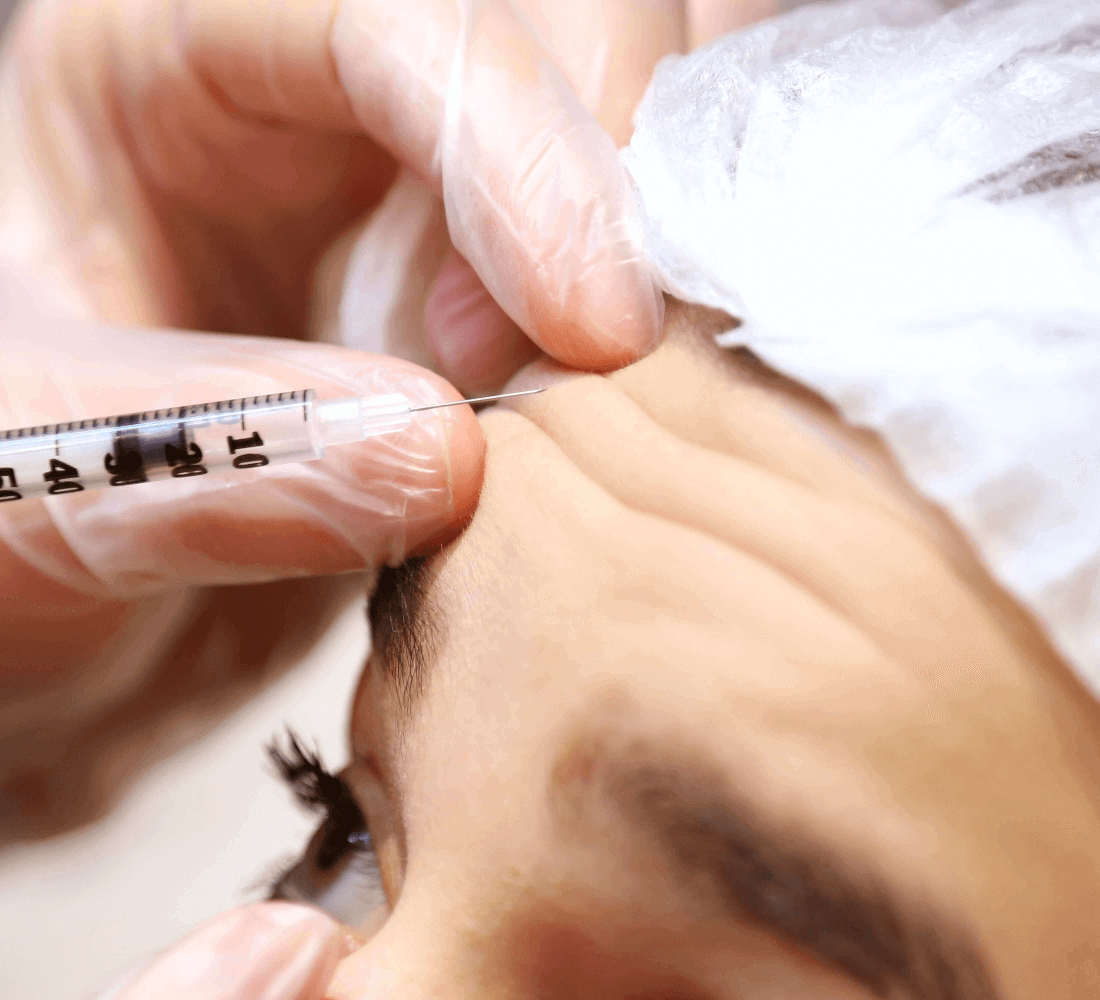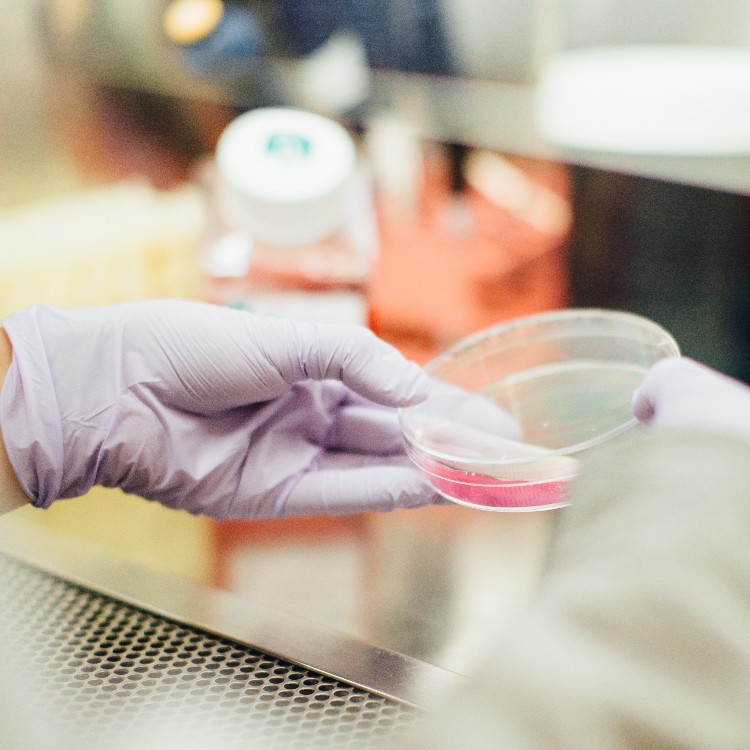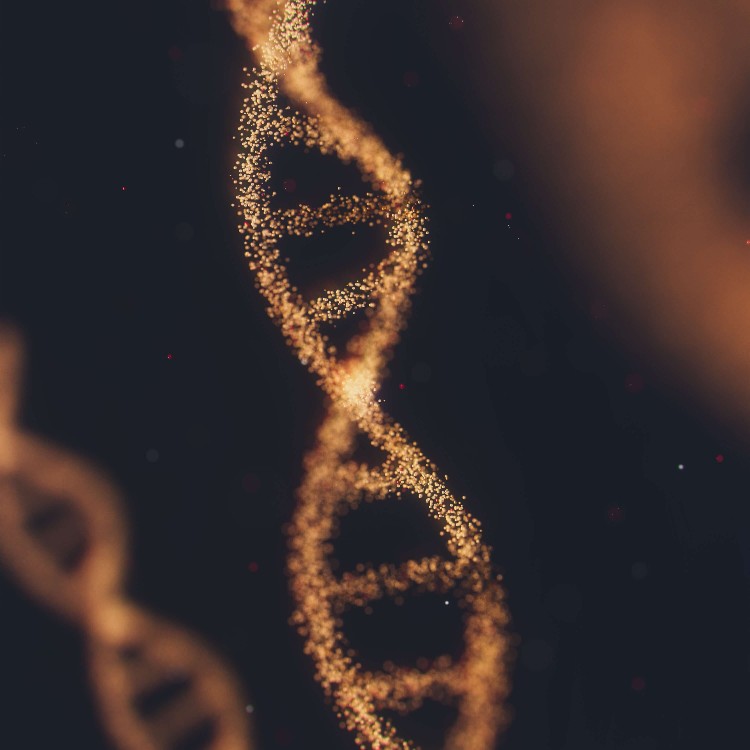Smile lines (also known as laugh lines or nasolabial folds) are an unavoidable part of the aging process. Although we cannot stop their occurrence, we can prevent them and reduce their visibility. That is why we are with you today – to provide a thorough answer to the question “how to get rid of smile lines” and help you fight signs of aging. In order to come to a solution together, we will start with the basic medical facts. Join us in this comprehensive guide and find out what smile lines are, why they occur, how to prevent them, and, most importantly, how to get rid of them.
What Are Smile Lines?
Smile lines are the fine, static wrinkles that appear around the sides of the mouth and run from the nose to the corners of the lips. As we age, these lines become more prominent due to a combination of factors such as the loss of collagen and elastin in the skin, facial expressions, and the effects of gravity. Smile lines are a common and normal part of the aging process and a life filled with joy and happiness. However, sometimes it can be difficult to cope with them and other signs of aging. Although the appearance of smile lines is normal, reducing them is beneficial for aesthetic reasons. There are various anti-aging treatments available that help minimize the visibility of smile lines and restore a more youthful complexion.
What Causes Smile Lines?
Various factors and their combination contribute to the formation of smile lines. Genetics is the most vital factor, as some individuals are genetically predisposed to develop deeper smile lines. Unhealthy habits such as smoking and excessive alcohol consumption can contribute to premature aging of the skin, which makes smile lines more pronounced. Sun exposure is another major contributor, as UV rays can break down collagen and elastin and lead to their formation. A lack of collagen and hydration in the skin also intensifies smile lines and emphasizes their appearance. Other than that, the use of skincare products containing synthetic ingredients may contribute to skin damage and accelerate the skin aging process.
Can Smile Lines Be Prevented?
Preventing smile lines involves effective skin care practices and healthy lifestyle habits. The following tips may be helpful:
- Sun protection: Use sunscreen with appropriate SPF during the summer period to shield your skin from harmful UV rays.
- Proper hydration: Keep your skin hydrated by drinking enough water to maintain its elasticity.
- Nutrient-rich diet: Consume foods rich in essential nutrients and antioxidants to support collagen production.
- Avoid harmful habits: Refrain from smoking and excessive alcohol consumption to preserve skin health.
- Carefully choose skincare products: Opt for skincare products with natural ingredients and avoid those with synthetic additives.
- Facial exercises: Attempt facial exercises and massages to improve blood circulation and skin tone.
- Healthy lifestyle: Maintain a healthy lifestyle with sufficient sleep and stress management.
How to Get Rid of Smile Lines?
Fortunately, there are various strategies you can try in order to get rid of smile lines. Let’s look at them:
Dermal Fillers
Dermal fillers are the perfect anti-aging solution for smile lines. Fillers represent injectable treatments that effectively reduce the appearance of smile lines. During this treatment, gel-like substances (typically hyaluronic acid or collagen) are injected into the targeted area to restore volume and plump the skin. This smoothes out smile lines and wrinkles, resulting in a rejuvenated appearance. The results of dermal fillers are immediate, with minimal downtime. All these benefits make dermal fillers a popular choice for treating smile lines and achieving a more youthful look.
Botox
Botox is widely used for treating smile wrinkles. It temporarily relaxes the muscles responsible for their formation. When injected into areas around the mouth, Botox reduces muscle contractions, resulting in the softening and smoothing of smile lines. This treatment is effective at reducing the appearance of wrinkles and providing a more youthful and refreshed appearance. The effects of Botox typically last for three to six months, which makes it a popular choice for people who seek a non-invasive solution to tackle smile lines and other facial wrinkles.
Here you can explore the best Botox alternatives.
Laser Treatments
Laser treatments offer a non-surgical solution to smile line removal. These treatments use controlled laser energy, which stimulates collagen production and resurfaces the skin. The laser’s precise targeting also treats pigmentation irregularities and sun damage in the surrounding areas. Depending on the type of laser used, downtime may vary, but most people experience minimal recovery time. Overall, laser treatments represent a very effective way to rejuvenate the skin and reduce the depth of smile lines.
Microneedling
Microneedling is a minimally invasive cosmetic treatment that is powerful at reducing smile lines. In this procedure, a device with small needles creates tiny, controlled punctures on the skin’s surface. This stimulates the body’s natural collagen production, which helps to fill in and soften smile lines over time. Microneedling also enhances skin texture and elasticity. While multiple sessions may be required for optimal results, microneedling is a safe and effective option for reducing the appearance of fine lines around the mouth.
Cosmetic Surgery
Cosmetic surgery represents the most invasive but long-lasting solution for smile lines. Procedures such as facelifts and mini facelifts are highly effective at tightening sagging skin and reducing smile lines. During surgery, cosmetic surgeons may also use fat grafting or dermal filler injections to further smooth smile lines and add volume to the cheeks. However, it’s important to note that, as an invasive treatment, surgery requires a longer recovery period.
To determine the best treatment for smile lines, it is important to consult with an expert who can assess individual goals and circumstances.
Anti-Aging Supplements
Anti-aging supplements are a good addition to other strategies for reducing smile lines and maintaining skin vitality. There are a wide range of supplements that are beneficial for skin health: vitamin C, collagen supplements, NMN, coenzyme Q10, omega-3 fatty acids, probiotics, alpha-lipoic acid, and many others. Among all of them, polyphenol supplements stand out.
Polyphenols are a diverse group of compounds from plant sources with extraordinary antioxidant, anti-inflammatory, and anti-aging effects. They achieve remarkable potential in cell renewal, which leads to better skin health and vitality. Except for skin effects, polyphenols are beneficial for cardiovascular health, metabolism, concentration, body detoxification, and immune system health.
VANA Health System is a premium food supplement based on necessary polyphenols: quercetin, resveratrol, and urolithin A. This unique combination of polyphenols is enriched with plant extracts: aronia, red beetroot, Lion’s Mane mushroom, rosehip, and tart cherry. VANA is a great basis for everyone who wants to keep a young look and maintain overall health and vitality.
Have the skin you’ve always wanted! Improve your health and appearance today.
Facial Exercises and Massage
Facial exercises imply targeted muscle movements that tone and tighten the muscles under the smile lines. Facial massages and exercise can improve blood circulation, enhance collagen production, and increase skin firmness in the smile line area. While they are not a replacement for other treatments, facial exercises can complement your skin care routine and cosmetic procedures.
To Conclude
There are numerous ways to get rid of smile lines. Whichever you choose, remember one thing: health is not just about your appearance. While maintaining a youthful appearance is desirable, it is equally important to focus on how you feel internally. To feel and look vital and healthy, it is essential to incorporate healthy exercise and eating habits into your lifestyle. That is the only way to longevity!
FAQ
Can you fix smile lines naturally?
Yes, you can treat smile lines naturally through various methods. The use of moisturizers, sunscreens, and products containing retinoids and antioxidants can help maintain skin elasticity and reduce smile lines. It is also essential to stay hydrated, eat a healthy diet rich in nutrients, and avoid habits like smoking and excessive alcohol consumption. Additionally, facial exercises, proper sleep, and anti-aging supplements can contribute to a more youthful and smoother complexion without the need for invasive procedures.
Are smile lines permanent?
Smile lines are not permanent. While they may become more noticeable with age, smile lines can be minimized through healthy habits, cosmetic treatments, and preventative measures. These include constant skin care, dermal fillers, Botox, laser treatments, and facial exercises. Complete elimination of smile lines may not always be achievable, but their visibility can be significantly reduced.
Can laugh lines be reversed?
Laugh lines can be reduced, but they cannot be fully reversed. Various treatments, such as dermal fillers, laser therapy, and microneedling, can effectively reduce their depth and visibility. Consistent skincare and a healthy lifestyle can also help slow down their progression. While these methods can provide notable improvements in their visibility, complete reversal of laugh lines is generally not achievable.







